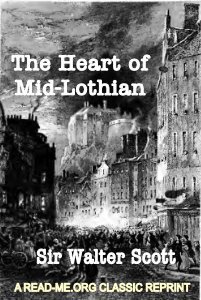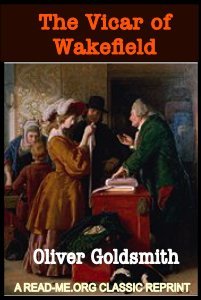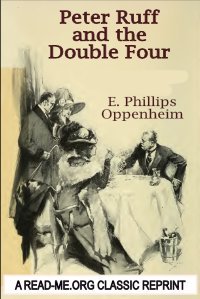By E. V. Timms
NY. Pyramid. 1951. 315p
"The Valleys Beyond" is a novel by Australian author Peter Kocan, first published in 1995. The novel follows the lives of a group of working-class Australians living in the fictional town of Walgaree, New South Wales, in the 1950s and 1960s.
At the heart of the novel is the character of Brian Madden, a troubled young man who struggles with mental illness and a sense of alienation from the world around him. Madden's struggles are mirrored in the lives of the other characters, including his mother, who works as a cleaner, his father, a factory worker, and his girlfriend, an aspiring singer.
Kocan uses vivid and poetic language to capture the landscape and atmosphere of Walgaree and to explore the characters' inner lives and struggles. The novel also explores themes of class, identity, and the impact of social and economic change on working-class communities in Australia.





















